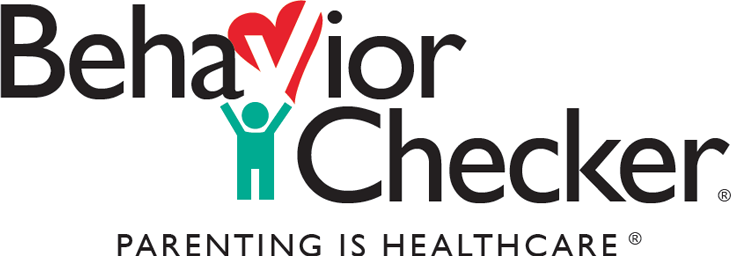Behavior Checker Q and A
NOTE: As a parent, you know your child best. If your child is not meeting the developmental milestones for his or her age, or if you think there could be a problem with the way your child plays, learns, speaks, acts, and moves, share your concerns with your child’s doctor. Just as importantly, tell the doctor if you are overwhelmed and think you cannot cope with your child's behavior. Don’t wait. Acting early can make a real difference! For more information, go to Learn the Signs. Act Early.
The most important thing we can do for our kids' health and well-being is the simplest, but sometimes the hardest, thing we can do: Teach them how to deal with their emotions when they are angry, disappointed, worried and frustrated and how to get along with others in positive ways.
When we deal with our children’s angry behavior, for example, we are not only attempting to restore calm, we ultimately wanting to teach children how to handle frustration in ways that protect them and others from harm. We are most successful when we model the kind of behavior we want to teach and communicate our personal values to children in ways that make these values as important to children as they are to us. Behavior Checker is here to help you do just that.

